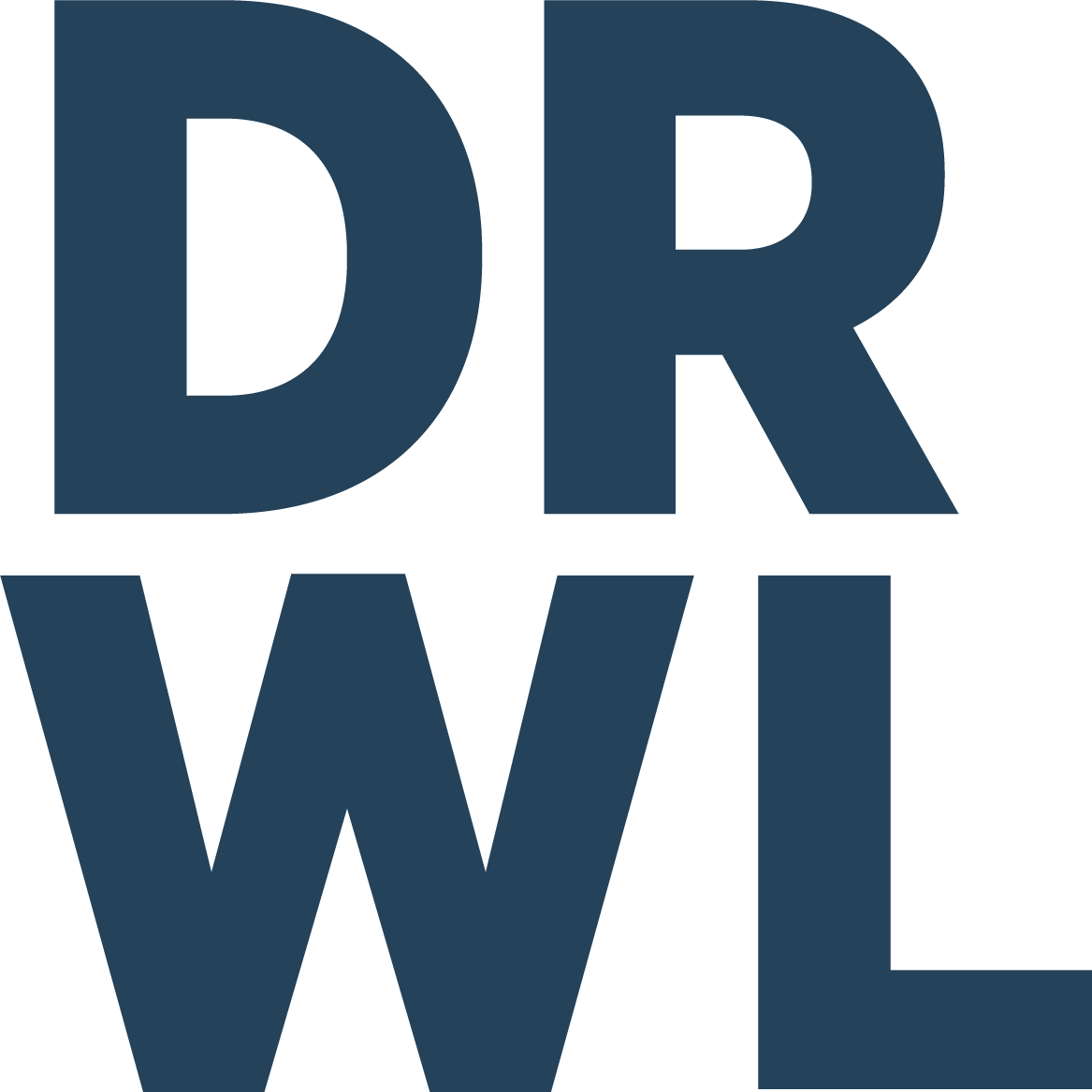10 steps to identifying appropriate services
In the ever-evolving landscape of education, the recognition that each student is a unique individual with distinct needs, strengths, and learning preferences has gained paramount significance. This paradigm shift not only acknowledges the diverse challenges and potentials students bring to the classroom but also underscores the vital role educators, parents, and professionals play in facilitating an environment where these needs and strengths are met with precision and care.
As we delve into the strategies for identifying suitable services based on a student's individual needs and strengths, it becomes evident that the journey to effective education is no longer a solitary endeavor. Collaborative efforts, informed assessments, and a deep understanding of the student as a whole being form the cornerstones of this endeavor.
In this article, we will explore a series of strategies that not only guide educators and support teams but also empower students and parents to actively participate in crafting educational pathways that resonate with individual needs and capitalize on inherent strengths.
Step 1: Comprehensive assessment.
The first step in identifying appropriate services for a student is conducting a thorough assessment. This involves evaluating the student's academic performance, cognitive abilities, social and emotional development, and any specific challenges they may face. Standardized tests, observations, interviews, and surveys can all provide valuable insights into a student's strengths and areas that require attention. A comprehensive assessment forms the foundation for tailoring services to meet the student's unique needs.
Step 2: Collaborative team approach.
Effective identification of appropriate services requires collaboration among educators, parents or guardians, counselors, and specialists. Each member of the team brings a unique perspective and expertise that contributes to a well-rounded understanding of the student. Regular communication and information sharing ensure that no aspect of the student's needs and strengths is overlooked. This collaborative approach fosters a more holistic view of the student, enabling the team to develop more effective strategies.
Step 3: Strengths-based perspective.
While it is crucial to address a student's challenges, focusing on their strengths is equally important. Recognizing and harnessing a student's strengths can boost their confidence, motivation, and overall well-being. A strengths-based perspective involves identifying the skills and talents that make a student unique and finding ways to incorporate these into their learning and support plans. By building on their strengths, educators and support teams can create a more positive and empowering learning environment.
Step 4: Individualized education plans (IEPs).
IEPs are personalized plans developed for students with disabilities to ensure they receive the appropriate services and support. These plans outline the student's strengths, needs, goals, and the specific accommodations and modifications required to facilitate their learning. IEPs are typically developed collaboratively with input from teachers, parents, and specialists, and they provide a roadmap for tailoring services to match the student's individual requirements.
Step 5: Data-driven decision making.
Using data to inform decision-making is essential in identifying appropriate services. Analyzing academic performance data, behavioral records, and progress reports can help educators pinpoint areas where a student may be struggling or excelling. This data-driven approach allows educators to make informed choices about interventions and support strategies, ensuring that services are targeted and effective.
Step 6: Regular progress monitoring.
The process of identifying services does not end once a plan is in place. Regular progress monitoring is essential to ensure that the chosen strategies are effective and to make any necessary adjustments. Collecting data on a student's progress allows educators and support teams to gauge the success of interventions and modify services as needed. This iterative process ensures that the student's evolving needs and strengths are continuously addressed.
Step 7: Flexibility and adaptability.
No two students are alike, and their needs and strengths may evolve over time. Therefore, it is essential to remain flexible and adaptable in the identification of services. As a student's circumstances change, educators and support teams must be ready to modify strategies and interventions to ensure continued progress. This may involve trying new approaches, seeking additional support, or modifying existing plans.
Step 8: Holistic approach to well-being.
A student's well-being is not solely determined by their academic performance. A holistic approach considers their social, emotional, and mental well-being as well. Services should extend beyond the classroom to include counseling, mental health support, and resources for addressing social challenges. A well-rounded approach ensures that a student's overall development is nurtured, leading to better academic outcomes.
Step 9: Ongoing professional development.
Educators and support teams must stay updated with the latest research, best practices, and interventions for identifying appropriate services. Ongoing professional development ensures that they have the tools and knowledge to effectively address a wide range of student needs and strengths. This commitment to continuous learning enhances the quality of support provided to students.
Step 10: Culturally responsive practices.
Cultural background and diversity play a significant role in a student's identity and needs. Services must be culturally responsive, taking into account the student's cultural context, values, and experiences. Educators and support teams should be sensitive to cultural differences and ensure that services are tailored to meet the unique needs of each student while respecting their background.
In conclusion, identifying appropriate services based on a student's needs and strengths is a multifaceted process that requires collaboration, assessment, flexibility, and a holistic perspective. By implementing comprehensive assessment strategies, adopting a strengths-based approach, using data to inform decisions, and remaining adaptable, educators and support teams can create personalized plans that empower students to succeed academically and personally.
Through ongoing professional development and a commitment to cultural responsiveness, the education system can provide the tailored support that every student deserves. Ultimately, the goal is to nurture an environment where students' needs and strengths are recognized, celebrated, and met with effective strategies that pave the way for their success.
